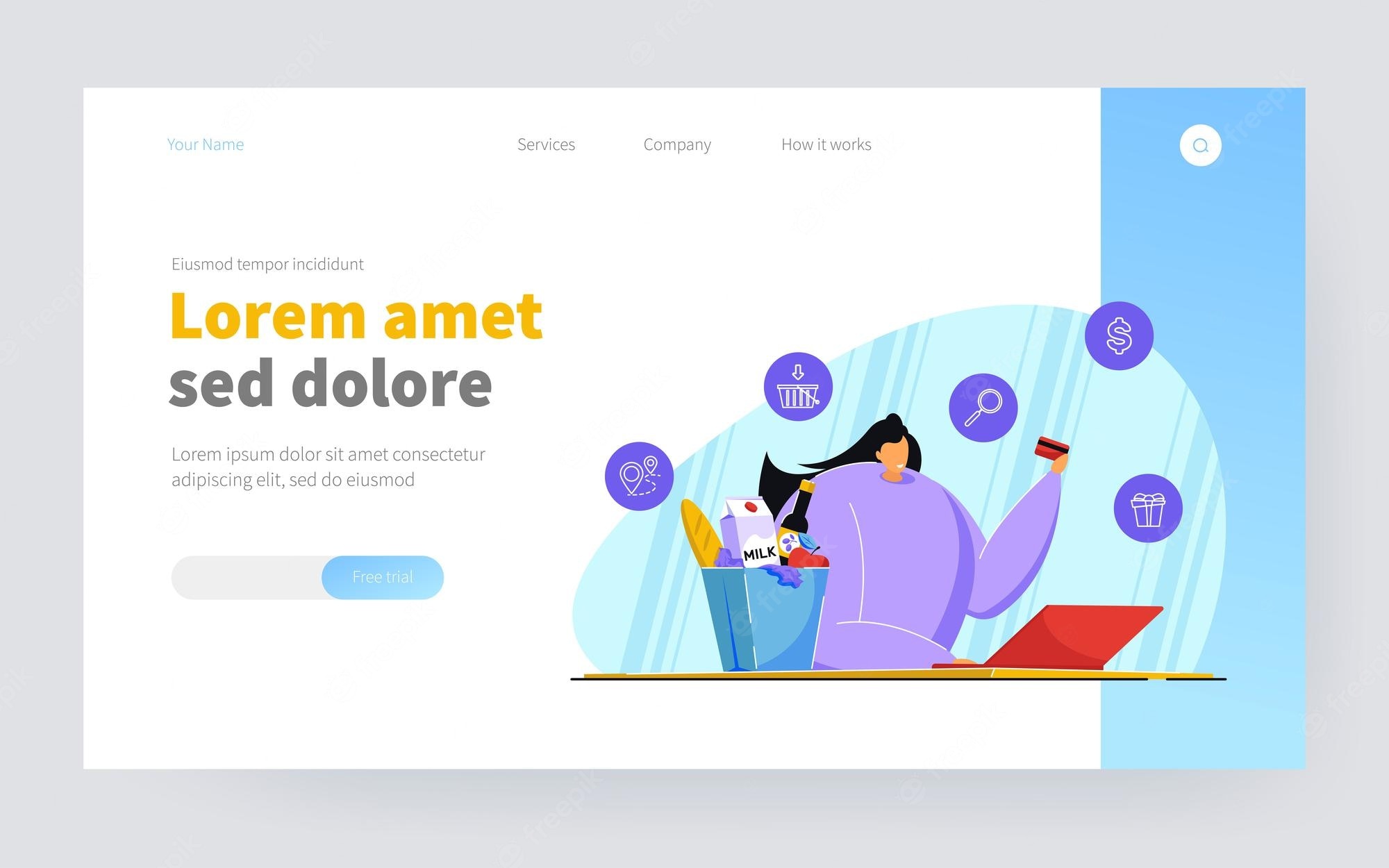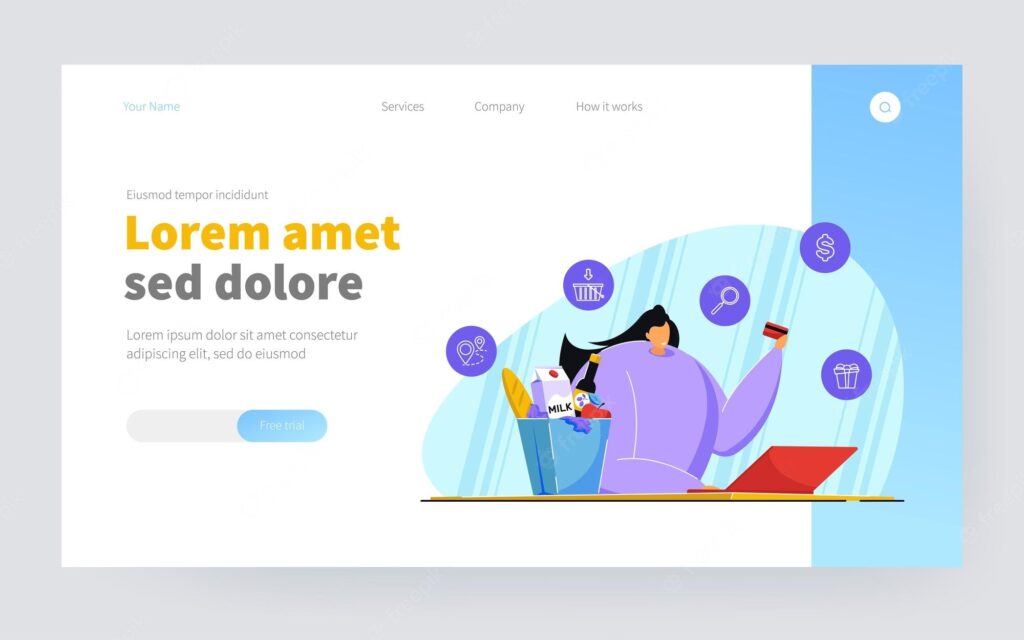Currently Empty: $0.00

How Web Design Can Affect Your Online Sales

If you’ve ever shopped online, chances are you’ve seen a sales page at some point. Whether it was for an item you found on Amazon or a site of your own, these pages help potential customers see what they can expect when they make a purchase. With the power of the web and design, however, many sites have become more than just visual marketing tools.
They now serve as direct sales gateways that drive traffic to retail stores and increase in-store revenue. To do this, sites must incorporate three different design principles: layout, aesthetics and usability. While these elements are interconnected, it’s often easy to overlook their importance when designing an ecommerce site from scratch. However, if you want to drive more sales on your site and entice more buyers to come shop there again in the future, you need to pay attention to each one in particular. Read on for why…
Layout
When it comes to web design, layout is arguably the most important element. It sets the visual tone of the page and will determine what the buyer sees first when visiting your site. A poorly designed page can make a product appear cheap or unappealing. While an aesthetically pleasing design can add a sense of luxury to an item.
If a product is placed in an awkward or unappealing location, or fails to incorporate visual hierarchy, buyers’ first impressions may be negatively affected. For example, a product positioned too high above the surrounding content, or multiple products stacked on top of each other, can cause most visitors to scroll down the page to get a better view.
This is known as cognitive mapping, and it’s why many shoppers will move on to other products entirely when encountering such layout issues. To avoid this, place your most important products at the top of the page, below any hero images you may have. This will give them prominence in the visual hierarchy and help buyers get a better overall view of your store from the get-go.
aesthetics
These days, ecommerce sites are often visually impressive to behold. Whether it’s a sleek, minimalistic palette or a
fully-animated, UI-driven experience, there is a design style out there to suit any taste. This is important, as it can make a product seem more affordable, high-end or even exclusive. To make an item seem more appealing, use color palettes that complement each other and match the brand’s aesthetic. If a product isn’t in a color that matches your brand, it’s
likely to cause a collision between visual styles.
Usability
Although it may appear that you can earn sales without taking usability into consideration, this is simply not the case. Although layout and aesthetics are critical for setting the scene, you also need to make sure your site is easy enough for most users to navigate. If a buyer can’t quickly find the information they’re looking for, they’re less likely to make a purchase. To avoid this, try to include all key navigation points on each page, including all primary sections and sub- categories. Keep these navigation links short and concise, and make sure they’re easy to understand and navigate.
Conclusion
Selling online is a booming industry, and this is largely down to how effective and well-designed websites can be. To increase sales and drive more traffic to your store, make sure to take these design principles into consideration. By doing so, you can create a more compelling visual experience that will entice potential customers. With this in mind, you can expect to see more successful ecommerce companies incorporating these principles in their design work. By doing so, they can increase sales, increase brand recognition and drive more traffic to their stores and websites.
Table of Contents

The Ultimate Guide to B2B Marketing Strategy: Email Marketing for Business Expansion
go@Skinkdigital.com Mon – Fri: 10:00am – 7:00pm Table of Contents 5 Reasons Why Every Business Needs a Process Management Software

WooCommerce – The Ultimate Solution for B2B Ecommerce Platforms
go@Skinkdigital.com Mon – Fri: 10:00am – 7:00pm CLIENT PORTAL Table of contents WooCommerce – The Ultimate Solution for B2B Ecommerce
Why Choosing the Right B2B Ecommerce Platform is Critical for Business Success
go@Skinkdigital.com Mon – Fri: 10:00am – 7:00pm CLIENT PORTAL 5 Reasons Why Every Business Needs a Process Management Software B2B

5 Benefits of Choosing a Local Orlando Marketing Agency for Your Business
go@Skinkdigital.com Mon – Fri: 10:00am – 7:00pm CLIENT PORTAL 5 Benefits of Choosing a Local Orlando Marketing Agency for Your
Top Free SERP Tools Available in 2023
go@Skinkdigital.com Mon – Fri: 10:00am – 7:00pm CLIENT PORTAL Top Free SERP Tools Available in 2023 An image of the

Google Ads For Plumbing: Reach More Customers and Boost Your Online Visibility
go@Skinkdigital.com Mon – Fri: 10:00am – 7:00pm CLIENT PORTAL Google Ads For Plumbing: Reach More Customers and Boost Your Online




